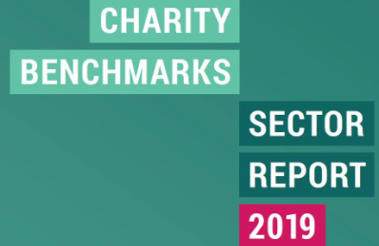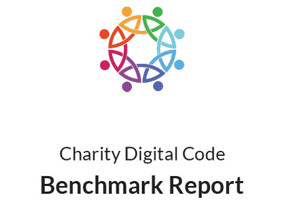Large charities have been warned they need to change how they fundraise, as it was revealed that the number of regular givers to a sample of 21 large charities has fallen.
The second annual Charity Benchmarks Sector Report 2019 looks at fundraising data from 21 charities including RSPCA, Save the Children and ActionAid.
It also reports findings from interviews with 16 charities, which give views on the state of fundraising in the sector.
The report says: “Although much has remained constant since our first study, there are clear signs that the ‘mass-market’ fundraising practiced in the UK is in a state of flux.
“As well as seeing hints in the data, our conversations with a group of fundraising leaders suggest that what’s worked in the past isn’t working now and that the sector has to change.”
Charity incomes rise but regular givers fall
Gross overall income at the charities increased to £1.11bn this year, from £1.02bn in 2018.
But the number of regular givers to the sample fell from 1.8 million to 1.6 million.
Funds came mostly from legacies, totalling almost £300m in both years.
The report says: “Given this fact, the turbulence in the mass-market fundraising market that has been such a focus of our study could pale into insignificance if Brexit delivers a significant economic upset to housing and share prices.”
The only stream of fundraising income that dropped significantly between 2018 and 2019 was emergency funds, which fell from £44m to £8m.
The fundraising environment
New laws like GDPR, along with austerity and Brexit, have meant testing and innovation to futureproof charity fundraising programmes has not happened, according to directors interviewed for the report.
There have also been demographic and generational shifts, with the general public having different outlooks and expectations and new relationships with technology.
An anonymised fundraiser said: “It feels like the gap between public expectations and what we’re providing as a sector is widening.
“We’re not meeting the pace and types of experiences people expect.”
Blurred lines between commercial and charity sectors
The report suggests there has been a rise in social enterprises and purpose-led commercial activity, where before there was a clear divide between the commercial and charity sectors.
It adds that charities have lagged compared to the commercial sector on engaging and transacting online.
“Charities have clearly found it difficult to navigate a world of multi-platform marketing, non-linear journeys, complex attribution and new models of data ownership.”
Interviewees for the report also pointed to the skills gap in digital and data, both at charities and across the wider economy, but also said charities’ digital lag might be due to the nature of the organisations and their product.
They saw scope for growth in digital fundraising however, in order to transfer or optimise existing products and methods, and by participating more in social media and gaming or streaming.
|
Related articles











